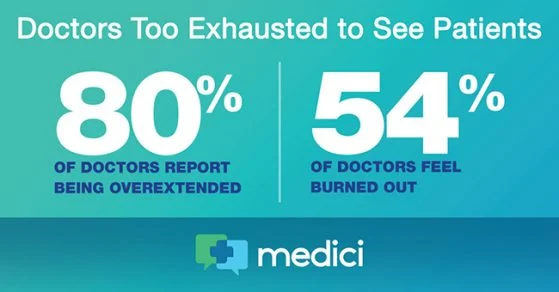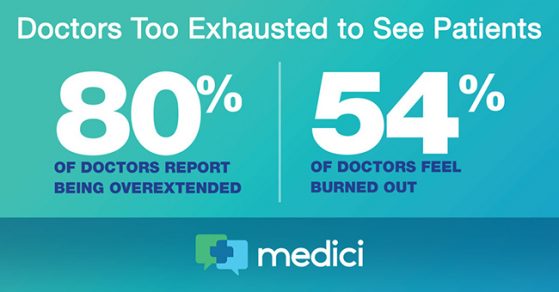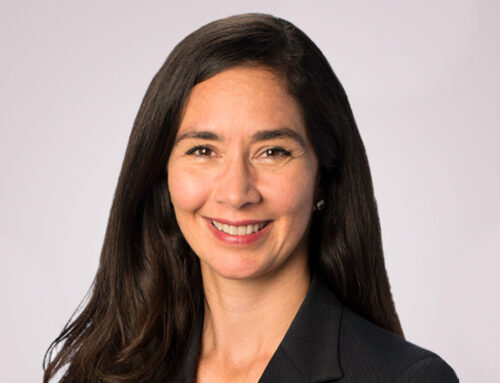Overwhelmingly doctors are being flooded with administrative tasks that pull them away from the patients they serve, destroying the basic reason they got into medicine in the first place: to help people. It comes in many forms: filling out insurance documentation, requests for reimbursement or simply a form allowing a patient to get back to work. However, the fact remains that doctors are exhausted and spending more time with administrative tasks than they do helping patients.

According to a recent study in the Annals of Internal Medicine, physicians spent two hours filling out paperwork for every hour they spent with patients. Considering that most doctors spend around 14 years in post-secondary school on average, it’s no wonder they increasingly feel overwhelmed and underappreciated. A blog post from Jordan Grumet, MD sums up this sentiment, “We are turning our physicians and nurses into scribes, field workers, and secretaries.”
Exhausted Doctors Feel the Burden
The field of medicine has always carried a heavy burden of administrative work. But, the last 10 years has seen an unprecedented rise in these kind of laborious tasks. A similar study conducted in 2005 in the Annals of Family Medicine found that about one-third of a physician’s time was taken up by menial work, but now that figure has doubled to two-thirds.
“The administrative and regulatory burden is one of the top reasons independent practices close and is a leading cause of physician burnout,” the American Academy of Family Physicians states on their website. And, doctors in particular are vulnerable to burnout. Aside from the complex nature of their jobs, physicians typically work longer hours than other workers and experience higher levels of emotional exhaustion.
When doctors are frustrated and not feeling fulfilled because of hours upon hours of paperwork, the care they give to their patients suffers. Research published in the Journal of General Internal Medicine reveals what most in the medical community already know: that physicians that feel a higher sense of professional satisfaction receive higher marks for care from their patients. Also, as the US population ages over the next two decades, the demand for doctors will continue to increase. It will therefore be more imperative to not only keep current doctors satisfied with their careers, but also entice members of the new generation to take up the profession.
Easing the Strain on Exhausted Doctors
Across the board, organizations in the medical community are recognizing the burden placed on these exhausted doctors and are looking for solutions that go beyond a practice’s walls. The American College of Physicians has placed a heavy reliance on seven core policy solutions that aim to reduce administrative work and physician burnout. Among the recommendations are a focus on including doctors and the general public in reviewing and streamlining administrative tasks, with a constant focus on doctor and patient needs throughout the process. Another salient recommendation is the refinement of existing technologies and a focus on developing more innovative approaches to healthcare.
This is especially critical in the coming decades since technology really can be a double-edged sword. Advancements in AI and machine learning are reshaping how doctors practice medicine and helping to address some of healthcare’s biggest challenges. However, one of the main culprits in clogging up a doctor’s work day is the EMR system they use for patient records. A recent Mayo clinic study on physician EMR satisfaction found that around two-thirds of all respondents were dissatisfied with the EMR they use.
As we continue to move into the future, more technological innovations in medicine will become increasingly commonplace. Around 60% of physicians today consider incorporating new technologies into their practice as necessary to staying up-to-date. The real focus will thus be on creating a relationship where physicians have direct feedback into the tasks and processes that they carry out day to day. In this way, new technologies can meet growing patient demands and at the same time work to simplify doctor’s lives – not leave doctors exhausted and swimming in a rising sea of administrative tasks.






Leave A Comment